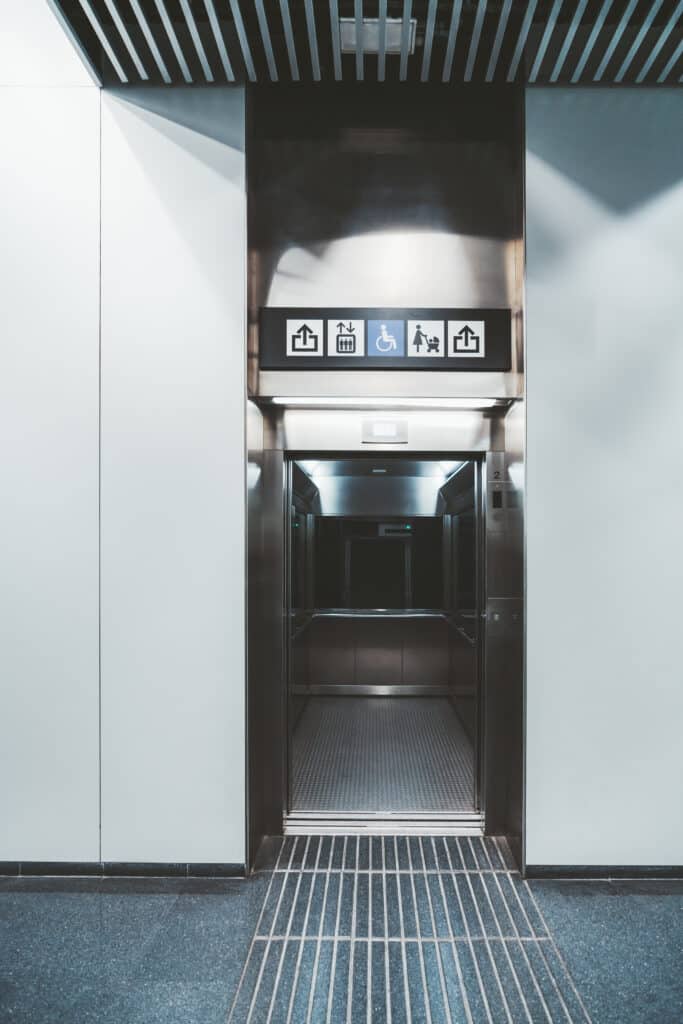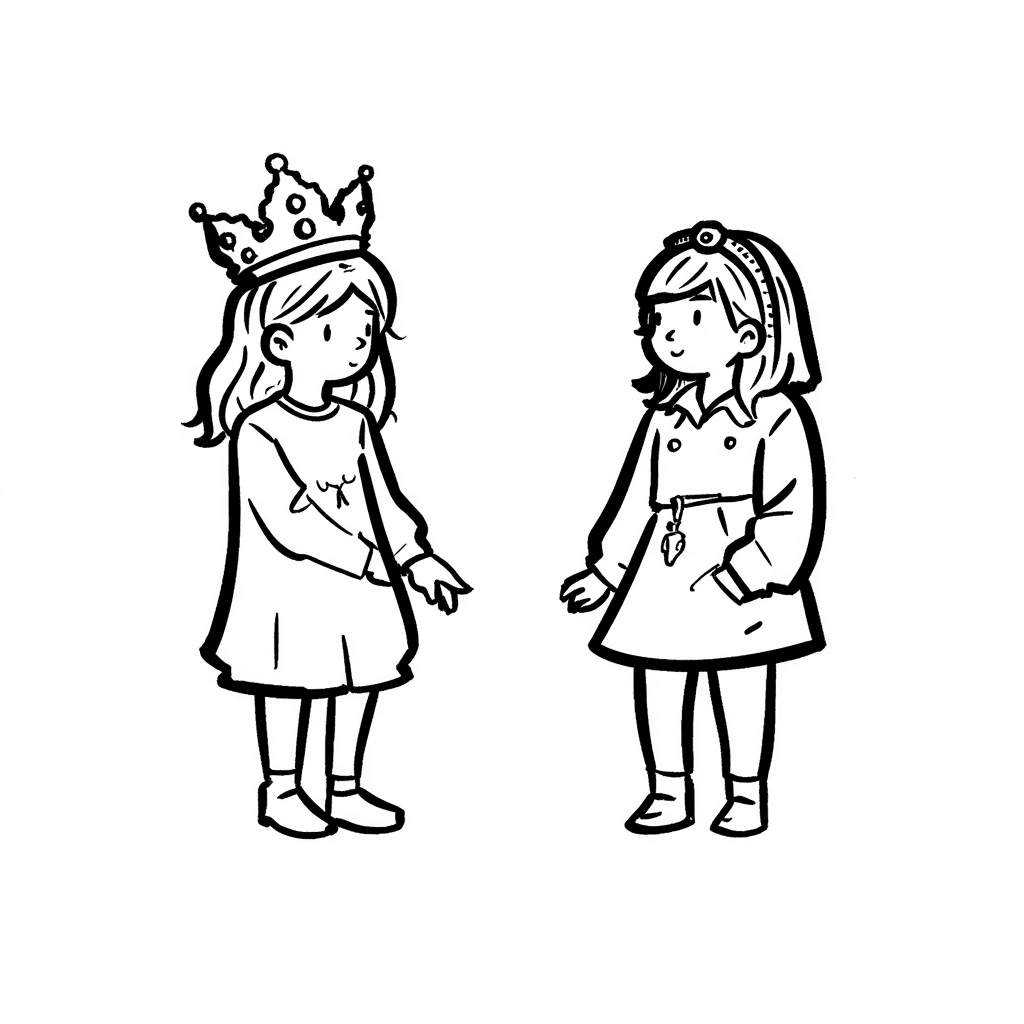I once asked a hotel receptionist in the Philippines where the lift was.
She looked at me, puzzled. “Lift, sir?”
“Yes,” I nodded. “Just wondering where the lift is.”
She gave me a polite smile but still looked unsure.
I tried again. “The lift. You know, to go up?”
She pointed me to the stairs.

This went on for a good five minutes—me asking for the lift, her trying to be helpful but clearly not getting what I meant—until I finally said,
“Umm… elevator?”
Her eyes lit up. “Ahh! Yes sir! Elevator is just there!”
That’s when it clicked.
We were both speaking English—but in starkly different versions.

That moment got me thinking more about Singapore language and Philippines language differences—not just in words, but in tone, pacing, and how we interpret everyday replies.
British English vs American English
Singapore uses British English.
The Philippines uses American English.
This comes from each country’s past.
Singapore retained many elements of British English—from spelling to vocabulary—due to its historical connection to the UK.
The Philippines, having once been an American territory, naturally adopted American English in schools, media, and everyday life.
Here’s how that shows up:
| Singapore (British English) | Philippines (American English) |
|---|---|
| Lift | Elevator |
| Queue | Line |
| Toilet | Restroom |
| Jumper | Sweater |
| Organise / Colour | Organize / Color |
None of this is wrong.
But if you’re writing documents together or giving verbal instructions, knowing these little differences saves everyone time (and a few awkward “huh?” moments).
Courtesies at Work
Singaporeans tend to use Mr., Mrs., Miss, or Ms. followed by the last name, especially in formal situations.
Once you’re on familiar terms, first names usually come into play.
In the Philippines, you’ll hear Sir and Ma’am used way more often.
Even among peers, or from juniors to juniors—it’s not about rank. It’s a way of being respectful and polite.
So if your Filipino colleague keeps calling you “Sir” even though you’re the same age or position, don’t overthink it. It’s not about power—it’s just how they speak professionally.
Name Formats: Not As Straightforward As You Think
Let’s be honest—Singapore names confuse people.
Sometimes our surname (family name) is in front, like this:
Jason Tan Wei Ming
Sometimes it’s at the back, like this:
Wei Ming Tan Jason
To make it more confusing, some of us choose an English name later in life, usually during polytechnic (Singapore’s version of college) or National Service (Singapore’s mandatory military service for all Singaporean men).
So the name we go by might not even appear in our official documents.
Quick rule of thumb:
- If there’s no English name, the first word is usually the surname
- Common Singaporean surnames include: Tan, Lim, Ng, Goh, Toh, Yeo, Lee, Chua
In the Philippines, the format is more fixed:
- First Name → Middle Name → Last Name
The middle name is usually the mother’s maiden surname.
Also—Filipinos really embrace nicknames.

You’ll meet people named Princess, Nice, Bong, Baby, Ice, Jhun, and they’ll use these names openly at work.
Sometimes it even shows up in email signatures and Zoom display names. Totally normal.
Common Filipino surnames include: Garcia, Reyes, Cruz, Lopez, Dela Cruz, Bautista, Torres, Pagunsan
English + Something Else
There’s also the way English blends with local languages in both countries.
In Singapore, our English is mixed with words and tones from Teochew, Hokkien, Cantonese, and Malay.
This blend is what we call Singlish. It’s casual, expressive, and something we naturally switch into when we’re not in a formal setting.
You’ll hear it at hawker centres, in group chats, or during small talk in the office pantry—full of phrases like lah, leh, lor, aiyah, bo jio, and so on.
Not everyone understands it outside of Singapore, but for us, it’s second nature.
In the Philippines, there’s something quite similar.
English is often mixed with Filipino, which is the country’s national language and the common language used across most parts of the country.
(Singaporeans may know it as Tagalog, which is the base of Filipino, but technically, Filipino is the official term.)
The blend of English and Filipino is commonly known as Taglish—short for Tagalog + English.
It sounds like:
- “Mag-meeting tayo tomorrow” (Let’s have a meeting tomorrow)
- “Nag-send siya ng email” (He/She sent an email)
But that’s not all.
In different parts of the Philippines, English gets mixed with regional dialects too.
For example:
- In Davao, people often speak Bisaya
- In Cebu, they speak Cebuano
- In Antique, they speak Kinaray-a
Each of these languages has its own grammar, vocabulary, and way of expressing things—different from Filipino.
In these areas, people might mix English with their local dialect instead, depending on where they grew up.
So in the same way we have Singlish in Singapore, the Philippines has Taglish in some areas, and other regional blends like Bisaya-English, Cebuano-English, or Kinaray-a-English in others.
It’s not broken English—it’s just how people naturally speak.
These mixes reflect culture, comfort, and connection.
And once you get used to the rhythm, it becomes part of the fun of working together.
Speaking Speeds
Singaporeans tend to speak fast.
Sometimes way too fast—especially when we slip into our semi-British accent mode during meetings or presentations.
Filipinos generally speak at a more measured pace, and it’s not because they’re unsure. It’s just a different tempo.
So if you’re Singaporean, it helps to slow down a little during cross-country calls.
Give space. Pause between instructions.
You’ll get way better responses and fewer misunderstandings.
“Yes po” / “Sige po”
Here’s something that confused me for a long time.
In my early interactions, I’d ask a question—maybe not very clearly—and my Filipino colleague would smile and say, “Yes!”
I’d walk away thinking, great! All settled.
Then hours later… nothing happened.
After learning a bit more Filipino, I realised something.
In Filipino conversations, people often say “sige po” (pronounced: see-geh poh) or “yes po”—especially in hospitality or service settings.
It’s polite. It’s respectful. But it doesn’t always mean “yes” in the way Singaporeans understand it.
“Sige” roughly means “okay” or “noted,” and “po” is just a polite way of speaking to someone older or of higher position.
So when someone says “yes po” or “sige po,” they may just be acknowledging what was said—not necessarily agreeing to it or committing to action.
To a Singaporean ear, “yes” means “confirmed, I’ll do it.”
To a Filipino ear, “yes” can simply mean “I heard you.”
It’s a subtle difference, but it changes everything.
So nowadays, I try to clarify a bit more. “Just to confirm, you’ll send the report by today?” works better than “Okay right?”
End of the Day…
There’s a lot more to Singapore language and Philippines language differences than just British vs American spelling.
It shows up in how we speak, how we address people, how we say “yes,” and how we listen.
If you’re planning to work across Singapore and the Philippines—whether it’s outsourcing, hiring, or just daily team chats—understanding these little quirks makes everything easier.
No need to be an expert. Just stay open, ask when unsure, and enjoy the learning curve.
